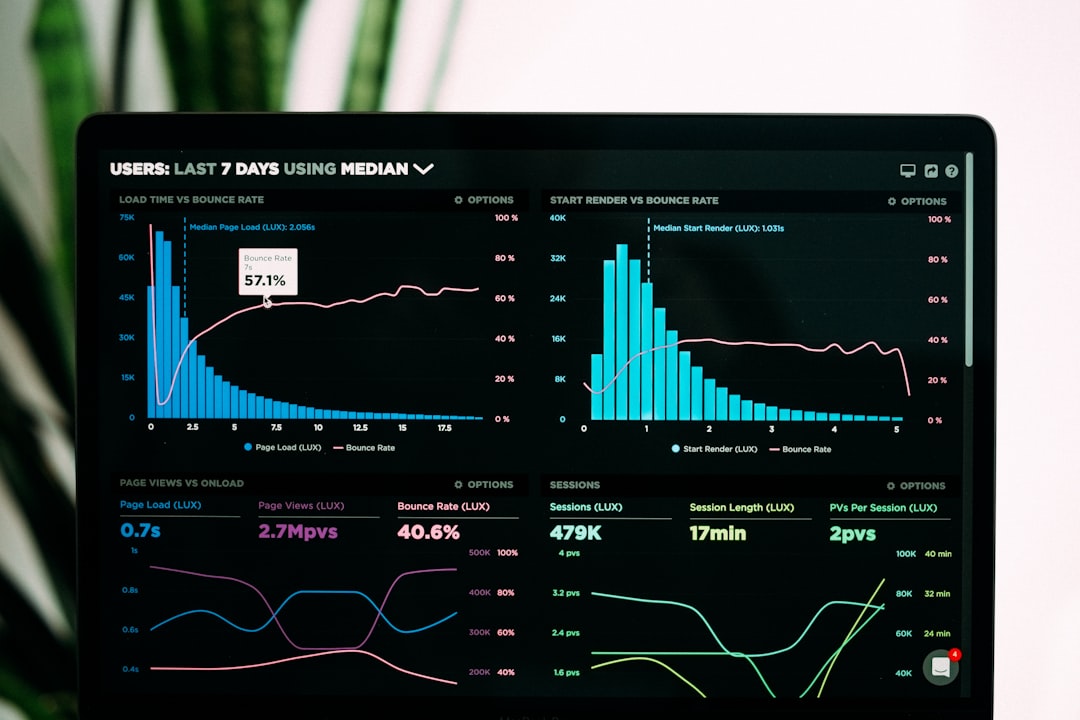In the ever-evolving world of Search Engine Optimization (SEO), user behavioral signals such as click-through rates (CTR) have become increasingly important. Services like SerpClix and SerpSEO have emerged to simulate organic CTR and assist websites in gaining improved visibility. As of 2025, both platforms offer advanced features, but which one delivers the best value for digital marketers? This comprehensive comparison will shed light on the pros, cons, features, and reliability of both tools.
What Is SerpClix?
SerpClix is a click-through rate optimization service that utilizes a crowdsourced network of real human clickers. The primary goal is to help users increase their Google rankings by sending organic-looking traffic to targeted search results. These “clickers” perform searches, click on the target link, and engage with the website for a specified period to enhance user engagement metrics.
What Is SerpSEO?
SerpSEO is another CTR boosting solution that also leverages real human interactions but incorporates additional AI-driven automation to schedule and scale click activity. Their dynamic infrastructure includes multi-geo support, smartphone targeting, and integration with analytics platforms for improved campaign tracking.
Key Feature Comparison
Here’s how SerpClix and SerpSEO stack up when compared across key functional areas:
1. Click Quality
- SerpClix: Relies solely on a pool of paid “searchers” which ensures that all clicks are human and come from different devices and IP addresses.
- SerpSEO: Uses both real users and smart automation to mimic human clicks. Though somewhat more flexible, it may raise concerns over authenticity in strictly organic campaign audits.
2. Geographic Targeting
- SerpClix: Offers regional targeting, but can be limited when it comes to hyper-local GPS-level precision.
- SerpSEO: Provides advanced geo-targeting, even at the city level, making it ideal for local SEO strategies.
3. User Interface and Reporting
- SerpClix: Simple and intuitive dashboard with basic performance tracking.
- SerpSEO: Advanced reporting tools and real-time analytics, including bounce rate tracking and session duration.

4. Pricing Flexibility
- SerpClix: Uses a credit-based system where each click has a set cost. Ideal for occasional users but can get expensive for ongoing, large-scale campaigns.
- SerpSEO: Subscription-based pricing with customizable plans depending on volume and targeting complexity. More cost-effective for long-term campaigns.
5. Customer Support
- SerpClix: Offers email support with limited response times.
- SerpSEO: Provides 24/7 live chat and dedicated account managers for enterprise clients.
Compliance and Ethical Concerns
As with any form of behavioral signal manipulation, using CTR boosting services comes with potential risks. While both services argue that they use white-hat techniques, Google’s official guidelines explicitly discourage efforts to artificially improve search rankings. Over-dependence on CTR manipulation may lead to temporary gains followed by penalties if detected by search engines.
That said, when used sparingly and in support of a broader SEO strategy—such as improved content quality, backlinks, and site performance—these services can offer legitimate ranking support.
User Feedback and Reputation
Online reviews and SEO communities frequently cite SerpClix as a reliable, albeit expensive, service with consistent performance over the years. In contrast, SerpSEO has gained traction recently due to its agility and multi-device targeting capabilities. However, it faces occasional scrutiny for its higher learning curve and reliance on hybrid click-generation methods.
Image not found in postmetaFinal Verdict
So which platform should you choose in 2025—SerpClix or SerpSEO?
- Choose SerpClix if you need verified human clicks with minimal setup, and your campaign focus is national or broad-scale.
- Go with SerpSEO if your priority is advanced geo-targeting, cost-efficiency over time, and tighter integration with analytics and automated tools.
Ultimately, the choice depends on your marketing goals, budget, and risk tolerance. While these services may provide a short-term edge, they should be one component of a holistic SEO plan.
As best practice dictates, always test small, monitor impact, and pivot as necessary to avoid dependency on any single ranking factor.